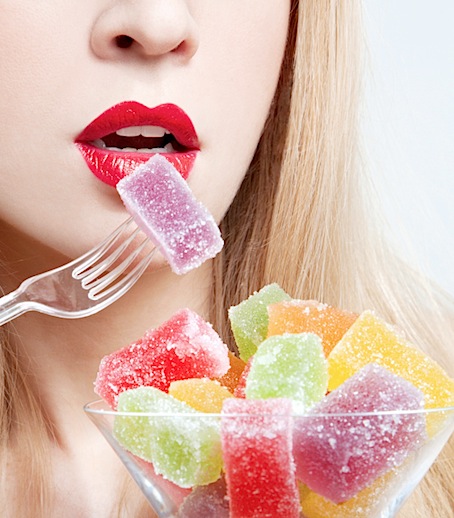Stevia has the added benefits of being pH-stable, heat-stable, and non-fermentable. The two primary active compounds — stevioside and rebaudioside — are known as steviol glycosides.
Originally used by South American tribes for hundreds of years, it has been used to sweeten teas and medicines alike. Because of its extraordinary sweetness, it is also used in a variety of other prepared foods especially baked goods. The leaves of the Stevia rebaudiana plant have been recognized as a multi-purposeful herb in both Brazil and Paraguay where it is used as a “sweet treat.”
Industrial Extracts and Derivatives are NOT the same as Natural Herbal Stevia
This is where the story of highly processed and unnatural stevia begins. The beverage companies created a huge public relations nightmare for themselves with the introduction of artificial sweeteners back in the 1960s and ’70s. Sugar substitutes like cyclamate and aspartame were added to some of the beverage recipes just at the same time that Saccharin was becoming popular.
Later on, sucralose (also known as Splenda), a non-nutritive and non-caloric sweetener, was added to the list because of the problems with those earlier products. All of these artificial sweeteners have now been proven to have their downside health risks, in addition to not tasting good.
In their eagerness to jump on the stevia bandwagon, the big beverage companies like Coca Cola and Pepsi have done what they usually do. They have formulated processes for extracting the sweetest ingredients from the stevia plant leaf. This process of chemical extraction renders the original form of the stevia herb virtually unrecognizable.








Recent Comments